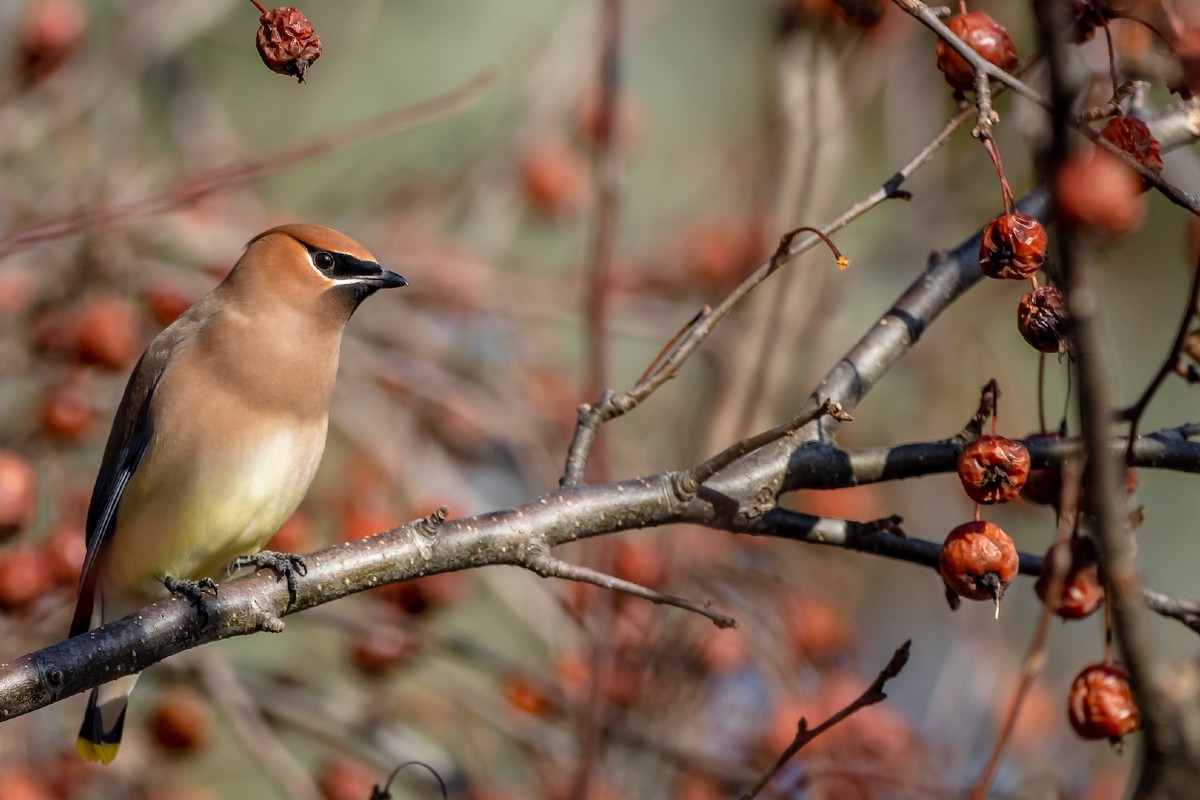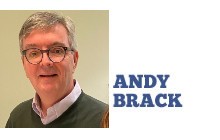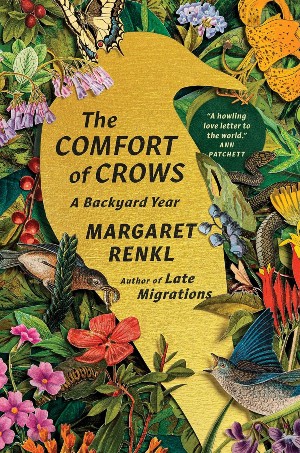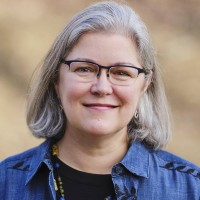
By Andy Brack | Pay attention to what’s going on in your yard for long enough and you may just become a dyed-in-the-wool conservationist, Tennessee writer Margaret Renkl suggests. But not really in a blue or red, conservative or liberal political way. More in a holistic, natural way.
 It might start with a pot of flowers just outside of a window where you can watch it bud, bloom and go to seed from the kitchen or office.
It might start with a pot of flowers just outside of a window where you can watch it bud, bloom and go to seed from the kitchen or office.
“Those things are helpful to our wild neighbors,” she said during an interview ahead of a Southern book tour promoting The Comfort of Crows: A Backyard Year, which is available Oct. 24. “Once you start being helpful, it’s a very self-reinforcing process.”
Let’s say you start with growing zinnias. At some point, you see bees flying around it. As you observe more and more, you might start thinking about planting milkweed for next year’s butterflies or a native holly so migrating birds can have something to eat other than the birdseed that squirrels might rob. You might plant a native fruit tree or an oak to feed all sorts of critters.
 “And then suddenly, you’re a conservationist,” she noted. “Then you talk with your neighbors about not spraying for mosquitoes [because chemicals harm bees]. It’s a very self-fulfilling thing to do and it makes you want to do more and it gives you a great deal of pleasure to do it.”
“And then suddenly, you’re a conservationist,” she noted. “Then you talk with your neighbors about not spraying for mosquitoes [because chemicals harm bees]. It’s a very self-fulfilling thing to do and it makes you want to do more and it gives you a great deal of pleasure to do it.”
Renkl, who has lived in her Nashville neighborhood for 27 years, has let her yard go native. It once had a traditional lawn with hedges and such. From the front it may still look similar, but the backyard is infrequently mowed – maybe once a year or so – to give natural habitats to animals that use land without knowing that humans see it as something that can be owned.

Renkl, who offers a weekly column in The New York Times on everything from squirrels that plant pumpkins to shopping malls and politics, uses her new book of 52 essays as a way to share her fascination with cycles of life throughout the year.
“At the most fundamental level, everything that lives ultimately will die and everything that dies will ultimately feed the living,” she said this week in a wide-ranging interview. “I don’t think we as human beings are comfortable with that idea.
“We like to prettify nature and want it to be very sanitary and think some things are good and some things are bad.”
But that’s not how nature works. For example, you might consider a rat or a spider or a mole to be a nuisance that you don’t want in or around your home. But from another perspective, it’s just an animal trying to live its life however it can. It doesn’t know much about property lines or inside or outside.
“The creatures we consider a danger or a nuisance are only trying to live their lives,” Renkl writes, “and they often play beneficial roles to humans in the process. Possums eat ticks. Moles aerate the soil and eat tree-damaging grubs. Spiders eat flies, snakes eat mice, and skunks eat yellow jackets. Wasps eat the caterpillars that eat the tomato plants.”
Throughout the book, she reminds us that nature is everywhere.
“We like, in our minds these days, to think it’s at the end of a drive somewhere. But even if you are living in the densest urban jungle, the natural world is there. It’s in the sky above you and in every crack of a sidewalk.”
This new book about messy gardens, dead leaves and flowers, crows, the anticipation of spring, berries, rabbits and decay is an ebullient passionate call to open your eyes and look freshly at what’s around you. But be careful. If you do, you might bloom into a real conservationist.
Renkl will preview her new book 5:30 p.m. Oct. 18 at Blue Bicycle Books in Charleston and 6 p.m. Oct. 19 at Converse University in Spartanburg with Hub City Books.
Andy Brack is editor and publisher of Statehouse Report and the Charleston City Paper. Have a comment? Send to: feedback@statehousereport.com.















 We Can Do Better, South Carolina!
We Can Do Better, South Carolina!
Love this article! Renkl has been a favorite of mine for years, but I wasn’t aware of this new book. She is so spot on that just one experience with nature can get you started on a kind of an addiction. Right now I have twelve butterfly chrysalises attached to the door jamb of my backdoor, and every now and then I see a new one coming out. They feed on the passion flower vine I have and complete their life cycle just a few feet from my house. It’s wonderful.